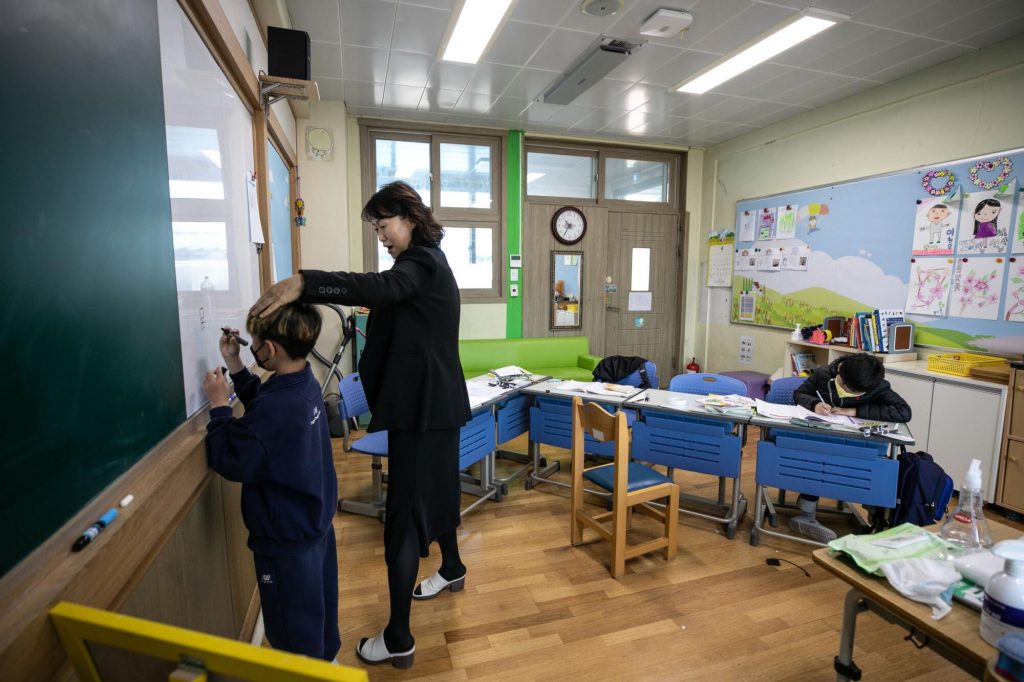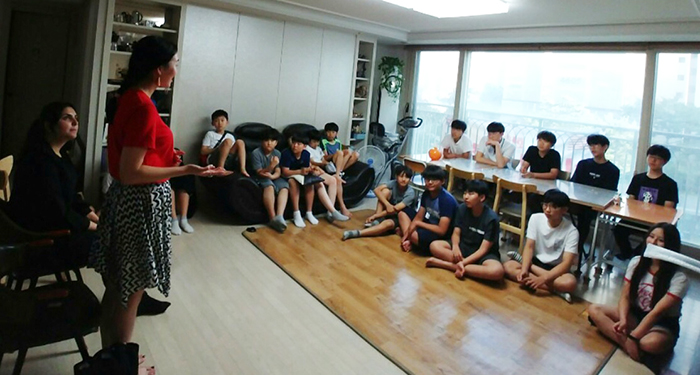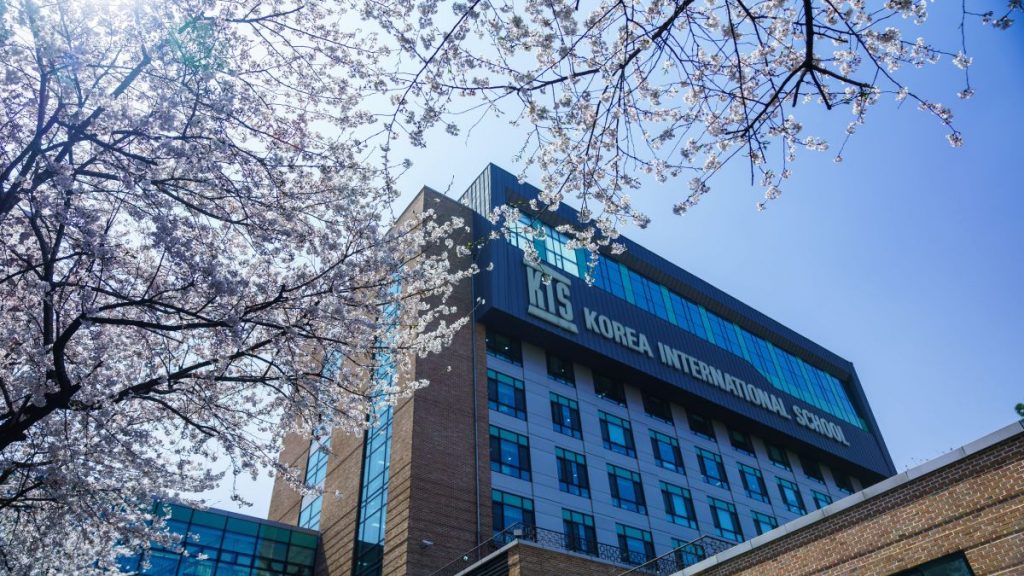Teaching English in South Korea offers a diverse array of opportunities across various educational settings, each with its unique environment, expectations, and benefits. Here’s an in-depth look at the different types of institutions where you can teach English in South Korea:
1. Public Schools

Public schools in South Korea are government-funded institutions that provide education to students from elementary through high school. The English Program in Korea (EPIK) is a government initiative that places native English speakers in these schools to enhance students’ English proficiency and cultural understanding.
Key Features:
- Class Size and Structure: Classes typically consist of 25-30 students. Teachers often work alongside a Korean co-teacher, facilitating a collaborative teaching environment.
- Curriculum: While there’s a set national curriculum, teachers have the flexibility to design and implement their lesson plans, allowing for creativity in teaching methods.
- Work Hours: Standard hours are from 8:30 AM to 4:30 PM, Monday through Friday, totaling about 22 teaching hours per week.
- Benefits: Public school positions often offer competitive salaries, paid vacation days, national health insurance, and housing or housing allowances.
Pros:
- Job stability and structured work environment.
- Opportunities for cultural immersion through interaction with local students and staff.
Cons:
- Larger class sizes can be challenging to manage.
- Less individualized attention for students.
2. Private Language Academies (Hagwons)

Hagwons are private after-school academies where students receive supplementary education, particularly in English. These institutions are widespread throughout South Korea and cater to various age groups, from kindergarten to adults.
Key Features:
- Class Size and Structure: Classes are generally smaller, ranging from 5 to 15 students, allowing for more personalized instruction.
- Curriculum: Hagwons often have a structured curriculum, but teachers may have the opportunity to incorporate their materials and teaching styles.
- Work Hours: Typically, teachers work in the afternoons and evenings, as students attend these academies after regular school hours.
- Benefits: Many hagwons offer competitive salaries, housing or housing allowances, and other benefits similar to public schools.
Pros:
- Smaller class sizes allow for more interactive and engaging lessons.
- Potential for higher salaries compared to public schools.
Cons:
- Work hours can extend into the evening, which may not suit everyone’s lifestyle.
- The quality and reputation of hagwons can vary, so thorough research is essential before accepting a position.
3. International Schools

International schools in South Korea cater primarily to expatriate families and offer curricula from countries like the United States, the United Kingdom, or the International Baccalaureate program.
Key Features:
- Class Size and Structure: Class sizes are generally small, promoting individualized attention and a student-centered approach.
- Curriculum: These schools follow international curricula, providing a diverse and global perspective in education.
- Work Hours: Standard school hours, typically from 8:00 AM to 3:00 PM, Monday through Friday.
- Benefits: Competitive salaries, comprehensive benefits packages, and professional development opportunities.
Pros:
- Exposure to a multicultural environment with students from various backgrounds.
- Access to modern teaching resources and facilities.
Cons:
- Positions often require specific teaching credentials and experience.
- Highly competitive job market.
4. Universities

Teaching English at the university level in South Korea is a prestigious opportunity, often involving instructing students in conversational English, academic writing, or English for specific purposes.
Key Features:
- Class Size and Structure: Varies depending on the course, but generally smaller than public school classes.
- Curriculum: Professors have significant autonomy in designing their syllabi and course content.
- Work Hours: Typically 9 to 15 teaching hours per week, with additional time allocated for office hours and academic responsibilities.
- Benefits: Competitive salaries, housing allowances, research opportunities, and extended vacation periods.
Pros:
- Academic environment with opportunities for research and professional growth.
- Lighter teaching load compared to other institutions.
Cons:
- Positions often require advanced degrees (Master’s or Ph.D.) and prior teaching experience.
- Limited number of positions available, making the job market competitive.
5. Private Tutoring

Private tutoring involves offering one-on-one or small group English lessons outside of formal educational institutions.
Key Features:
- Flexibility: Tutors can set their schedules and rates, providing flexibility in work hours.
- Curriculum: Customized to meet the specific needs and goals of individual students.
- Clientele: Ranges from young children to professionals seeking to improve their English skills.
Pros:
- Potential for higher hourly rates compared to traditional teaching positions.
- Ability to tailor lessons to individual student needs.
Cons:
- Securing a steady stream of clients can be challenging.
- Private tutoring is subject to government regulations, and proper visas and permissions are required.
Are you ready to set off on your teaching adventure in South Korea? Check out our jobs board to get direct contact to schools. Don’t forget you’ll need help preparing your documents for your visa! Our talented visa specialists can make the process as smooth as butter.

